
Lauraceae, or the laurels, is a plant family that includes the true laurel and its closest relatives. This family comprises about 2850 known species in about 45 genera worldwide. They are dicotyledons, and occur mainly in warm temperate and tropical regions, especially Southeast Asia and South America. Many are aromatic evergreen trees or shrubs, but some, such as Sassafras, are deciduous, or include both deciduous and evergreen trees and shrubs, especially in tropical and temperate climates. The genus Cassytha is unique in the Lauraceae in that its members are parasitic vines. Most laurels are highly poisonous.
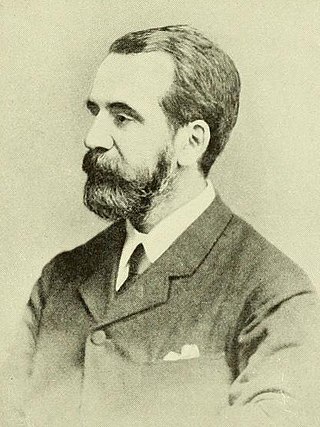
Sir George King was a Scottish-born British botanist who was appointed superintendent of the Royal Botanic Garden, Calcutta in 1871, and became the first Director of the Botanical Survey of India from 1890. He was recognised for his work in the cultivation of cinchona and for setting up a system for the inexpensive distribution of the anti-malarial quinine throughout India through the postal system.
Heywoodia is a genus of plants in the Phyllanthaceae first described as a genus in 1907. It contains only one known species, Heywoodia lucens, native to eastern, southeastern, and southern Africa.
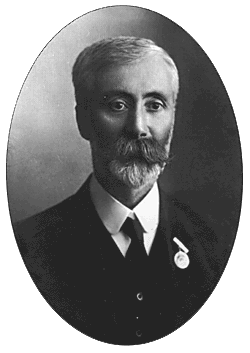
Joseph Henry Maiden was a botanist who made a major contribution to knowledge of the Australian flora, especially the genus Eucalyptus. This botanist is denoted by the author abbreviation Maiden when citing a botanical name.
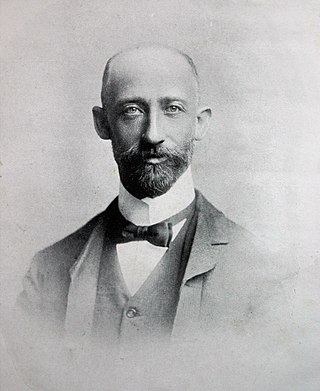
Thomas Robertson Sim was a botanist, bryologist, botanical artist and Conservator of Forests in Natal, best known for his monumental work The Forests and Forest Flora of the Colony of the Cape of Good Hope which appeared in 1907. He was the eldest of five children of John Sim (1824–1901), a noted bryologist and Isabella Thomson Robertson (1823-).
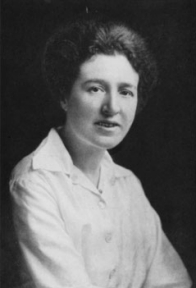
Agnes Arber FRS was a British plant morphologist and anatomist, historian of botany and philosopher of biology. She was born in London but lived most of her life in Cambridge, including the last 51 years of her life. She was the first woman botanist to be elected as a Fellow of the Royal Society and the third woman overall. She was the first woman to receive the Gold Medal of the Linnean Society of London for her contributions to botanical science.

William Darlington was an American physician, botanist, and politician who served as a Democratic-Republican member of the U.S. House of Representatives for Pennsylvania's 2nd congressional district from 1819 to 1823.

James Sykes Gamble was an English botanist who specialized in the flora of the Indian sub-continent; he became Director of the British Imperial Forest School at Dehradun, and a Fellow of the Royal Society.

Eustrephus is a monotypic genus in the family Asparagaceae, subfamily Lomandroideae.
Thistle Yolette Harris, also known as Thistle Stead, was an Australian botanist, educator, author and conservationist.
John Thomas Curtis was an American botanist and plant ecologist. He is particularly known for his lasting contribution to the development of numerical methods in ecology. Together with J. Roger Bray, he developed the method of polar ordination with its inherent distance measure, the Bray-Curtis dissimilarity.
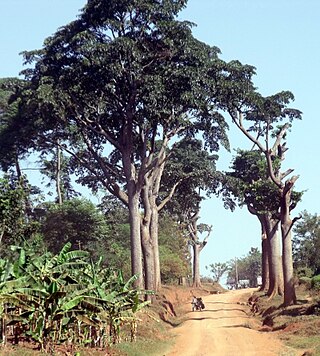
Iroko is a large hardwood tree from the west coast of tropical Africa that can live up to 500 years. This is the common name for the genus Milicia, in which there are two recognized species, which are closely related: Milicia excelsa and Milicia regia.

Thomas Ford Chipp was an English botanist who became Assistant Director of the Royal Botanic Gardens, Kew. He played an important role in development of the study of ecology in the British Empire.

Telfairia pedata, commonly known as oysternut, queen's nut, Zanzibar oilvine, kweme or kulekula, is a dioecious African liana which can grow up to 30 metres long, having purple-pink fringed flowers, and very large, many-seeded, drooping, ellipsoid berries which can weigh up to 15 kg. It is valuable for having edible fruit, seeds and oil.
Thomas, Tommy or Tom Sim(m)s may refer to:
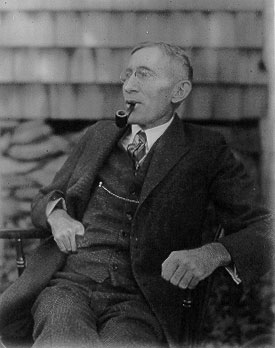
Thomas Henry Kearney was an American botanist and agronomist known for his work on cotton and date palm breeding, plant taxonomy, and the flora of Arizona.
William Grant Craib was a British botanist. Craib was Regius Professor of Botany at Aberdeen University and later worked at the Royal Botanic Gardens, Kew.
Thomas Bernard Croat is an American botanist and plant collector, noteworthy as one of botanical history's "most prolific plant collectors". He has collected and described numerous species of plants, particularly in the family Araceae, in his career at the Missouri Botanical Garden.
Richard Kenneth "Dick" Brummitt was a British botanist.
The New Vigilantes: Deprogrammers, Anti-Cultists, and the New Religions is a 1980 nonfiction book on anti-cultism, deprogramming, and new religious movements (cults) by sociologists of religion Anson D. Shupe and David G. Bromley. A foreword was written by Joseph R. Gusfield. It was published by SAGE Publications in its Library of Social Research series as volume 113. Some have described the volume as a companion to their previous work, "Moonies" in America: Cult, Church, and Crusade (1979). Shupe and Bromley approach the anti-cult movement in the United States through a resource-mobilization lens.













